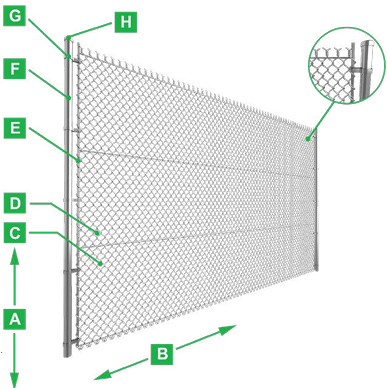Fire safety equipment is a crucial aspect of any comprehensive fire safety plan. These specialized tools and devices play a vital role in preventing, detecting, and controlling fires. To ensure effective fire protection, it’s essential to understand the different types of fire and safety equipment available. This article will provide information about these various tools and their specific functions. Find here the best fire and safety maintenance companies in Dubai.
Fire extinguishers:
Fire extinguishers are perhaps the most recognizable fire safety equipment. They come in various types, each designed to combat specific types of fires:
- Class A: For ordinary combustibles like wood and paper.
- Class B: For flammable liquids, such as gasoline and oil.
- Class C: Designed for electrical fires.
- Class D: Used for flammable metals.
- Class K: Suited for kitchen fires involving oils and fats.
It’s crucial to select the appropriate type of extinguisher based on the potential fire hazards in a given area.
Fire alarms and smoke detectors:
Fire alarms and smoke detectors are early warning systems that can save lives. Smoke detectors sense the presence of smoke particles, while fire alarms provide audible alerts. They are vital for early fire detection, allowing occupants to evacuate safely.
Sprinkler systems:
Automatic fire sprinkler systems are installed in buildings to control and extinguish fires. These systems are activated when the temperature in a room rises significantly, releasing water to suppress the fire until firefighters arrive.
Fire suppression systems:
Specialized fire suppression systems, such as CO2 and FM-200 systems, are used in areas containing sensitive equipment or materials. These systems rapidly reduce the oxygen levels in the affected area to suppress the fire.
Fire escape ladders:
In multi-story buildings, fire escape ladders provide a means of escape when standard exits are blocked. They are essential for upper-floor occupants.
Understanding the different types of fire and safety equipment is essential for effective fire prevention and response. Whether you’re a homeowner, business owner, or part of a safety team, knowing which equipment to use in specific situations can make a critical difference in safeguarding lives and property. Regular maintenance, proper training, and compliance with safety regulations are key to ensuring that these tools are always ready for action when needed most.



